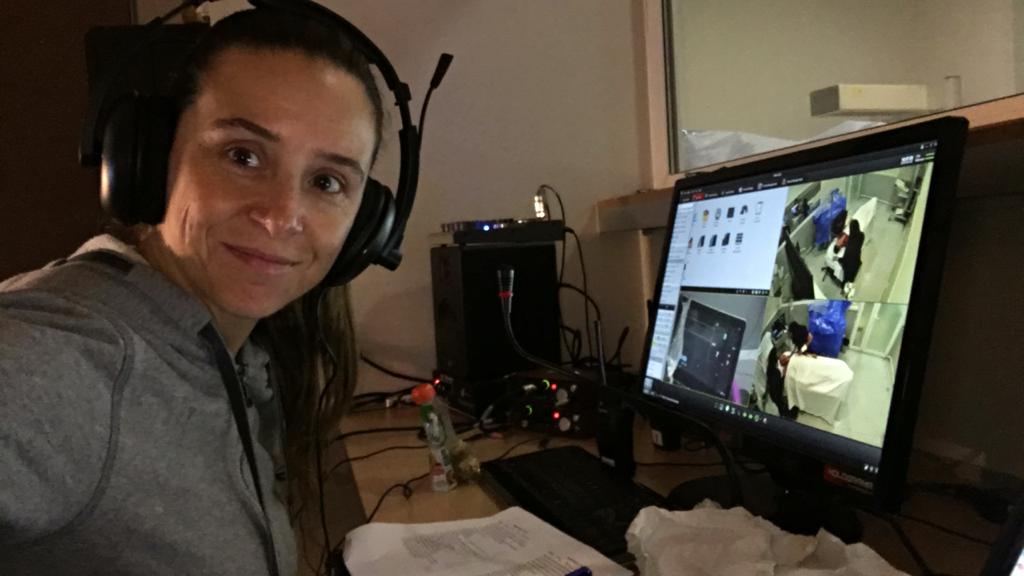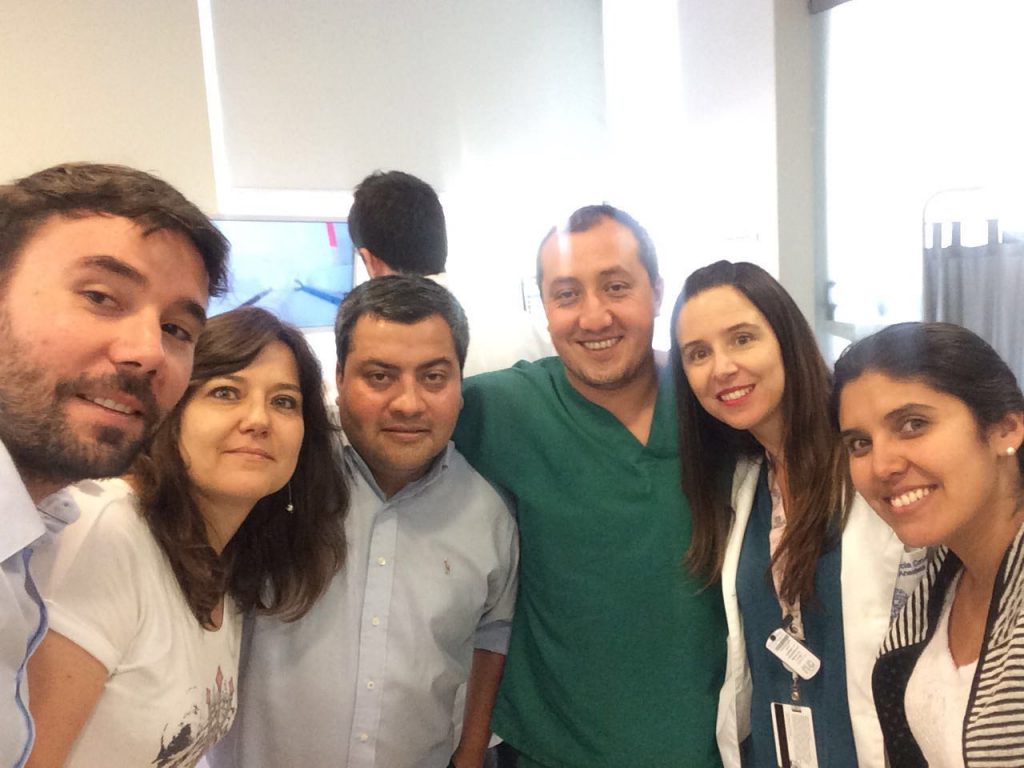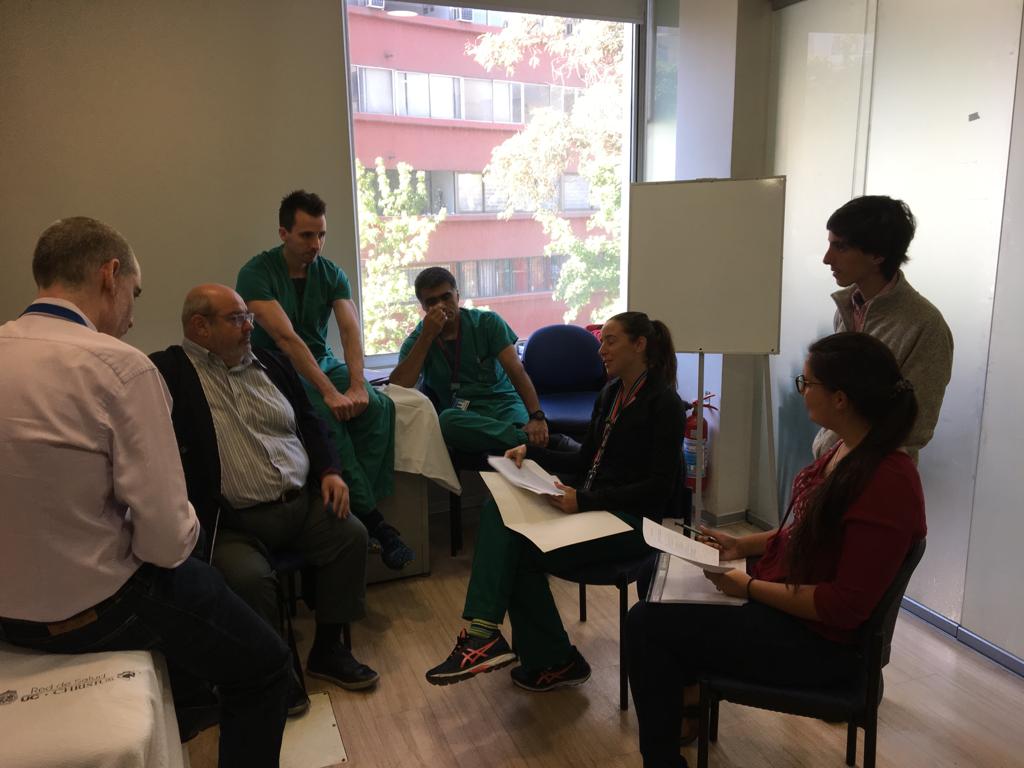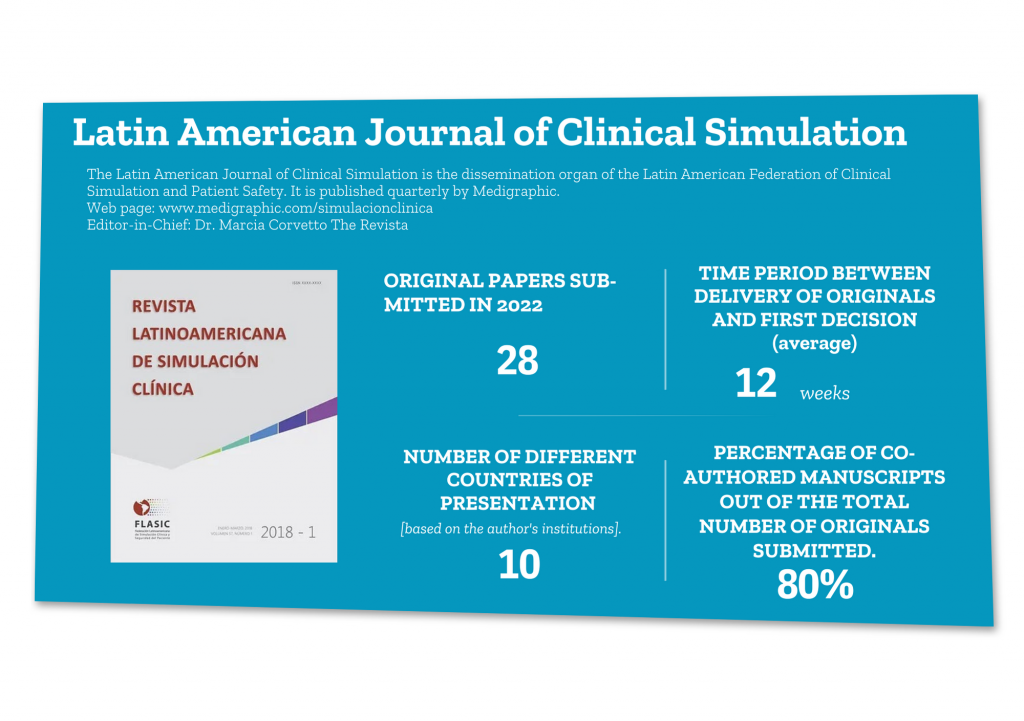We have already talked about scientific journals that deal with medical simulation. Now we want to do it again but in a different way, presenting to the community of educators and practitioners a behind-the-scenes look at the journals and offer a view from the perspective of the Editor-in-Chief. Today we talk to Marcia Corvetto, Editor-in-Chief of the Latin American Journal of Clinical Simulation, about the journal, its role and plans.
Marcia Corvetto has always loved education and practical research. She has been able to combine family, sports and work. In fact, not just one job, but three: anesthesiologist in a hospital, Director of Simulation at the Catholic University of Chile and editorial director of the Latin American Journal of Clinical Simulation. In fact, “my wish was to found the magazine… once I got the funding and formed the editorial board, I had to stay on as editor-in-chief”, says Marcia, who, in this interview with SIMZINE, shares the details of her daily work, her projects, in fact dreams, as she says, and offers advice on how to make her way in the publishing world.
Marcia Corvetto

Associate Professor of Anesthesiology.
Director of the Simulation Centre, Catholic University of Chile, Santiago, Chile.
Founder and Editor-in-Chief of the Revista Latinoamericana de Simulación.
Former President of the Latin American Simulation Federation, FLASIC
Thank you very much, Marcia, for accepting our invitation. The goal is to introduce our readers to simulation magazines, but with a slightly different look and through the words of their editors-in-chief. How is your job structured? And what is the first 30 minutes of your day usually like?
My job is structured with 3 clinical days, where I work as an anesthesiologist in the ward and 2 days that I work as Simulation Director at the Catholic University of Chile. My first 30 minutes of the day are spent training, as I am a triathlete, so I am on the treadmill, the cycling roller or swimming.

What is the part of your work that most readers ignore?
I would like to tell you that the work as editor-in-chief has several aspects. We have to do the scientific work of reviewing, evaluating the methodological, statistical and writing aspects, and giving feedback. Then we have to make decisions to accept or reject the articles.
Then we have to do graphic work, to comply with the number of pages we must have in each issue and fit the tables, figures, and spaces of each article. We also do desk work, such as sending e-mails with feedback, editorial decisions, both to editors and reviewers as well as to authors. Many times I do this work while my patients are sleeping….
How has your academic background helped you in your current role?
It has given me the tools to develop as a researcher, to apply for funding, to be able to carry out a project such as a journal. In addition, I would highlight my mentors as fundamental pieces in what I have learned.
Tell us about the most interesting or inspiring meeting you have had because of your position as editor-in-chief. Who was it with? Where did you meet? What did you talk about?
Utstein Meeting in Copenhagen in 2022. It was 2 days of work to develop a plan for a curriculum for simulation-based education and training for anesthesiology trainees. A group of 26 subject matter experts from around the world.
How would you describe Revista Latinoamericana de Simulación in a tweet?
The Latin American Journal of Clinical Simulation, leader in disseminating clinical simulation and patient safety knowledge in Latin America! Each article reflects the research of dedicated experts. For more, visit www.medigraphic.com/simulacionclinica #SimulaciónClínica #SaludLatinoamericana.
Why a scientific journal in Spanish?
I had the idea that although a lot of simulation was done in Latin America, we needed to have a space to communicate, to write somewhere about what we do, to know what others do, to promote evaluation, the achievement of competencies and to try to find the answers to so many questions we have in simulation. Also, I was looking forward to having a magazine in Spanish, since a lot of our population does not speak English. I thought at the beginning that we could translate some of the important papers, systematic reviews, guidelines, from the big journals so that those who cannot read English could have access to this information.
What is your vision and hope for this next period in the life and growth of the magazine?
If I were to dream…
To have a robust editorial board.
To be indexed in Pubmed and WOS.
To be able to publish our articles in English and Portuguese.
To be able to obtain funding for our journal to be published by a major publisher.
What advice would you offer to simulationists to get their article published in your magazine?
That they read the journal’s instructions for the different types of manuscripts and write their articles according to those instructions. That there is room for different types of articles and ideas. That they dare to write, that no one is born with these skills and that many times in this, you learn by doing. Also, that they should be patient, since sometimes revision times take longer than expected.
What is the ideal item you would like to receive?
An article that has room for improvement. Where both the author and the reviewers give their best so that we can publish the article.
What characteristics should the reviewers of a journal like yours have?
Be willing to give feedback, to think about how to help authors to improve their articles. Have a strong commitment to the simulation and to the Journal. And hopefully have skills in designing research studies.
What words would you like to ban from the Latin American Journal of Clinical Simulation? An editor has to ban words!
In Latin America, Spanish is very different from country to country, so all words are allowed.

Why did you want to be the editorial director of the Latin American Journal of Clinical Simulation?
My wish was to found the magazine.
I did not think that the idea would be so well accepted and that everything would turn out so quickly.
So once we got funding and formed the editorial committee, I had to stay on as editor-in-chief.
What are the future challenges for your magazine in terms of Diversity, Equity and Inclusion? Do you have any specific goals in mind?
Inclusion of languages.
Inclusion of countries that are starting in simulation.
Three women currently lead three major scientific simulation journals. Do you have any advice for women aspiring to become editors-in-chief?
I think this fact reflects the fact that today the opportunities are already there. We just have to want it, want to do it, want to progress and move forward. What I find most difficult in life is maintaining the balance between work and being a mother. It is something that as the years go by, I realize that I always have to be looking for that balance. I would tell the partners of these women to help them in the search for that balance, so they can make progress and achieve their dreams.
Marcia, thank you so much for the time you have shared with us and our readers.

READ ALSO





























